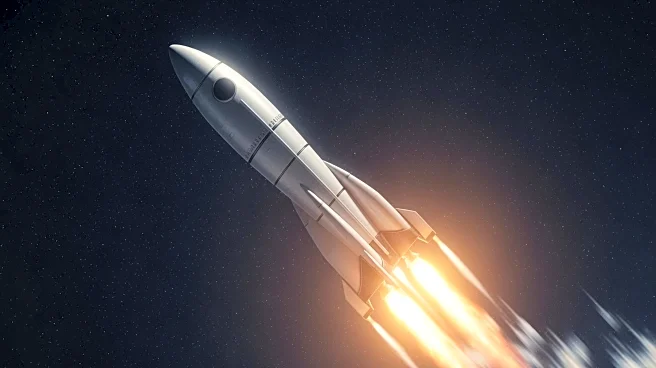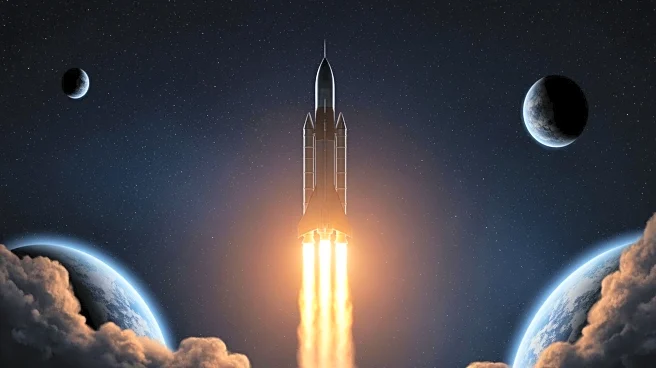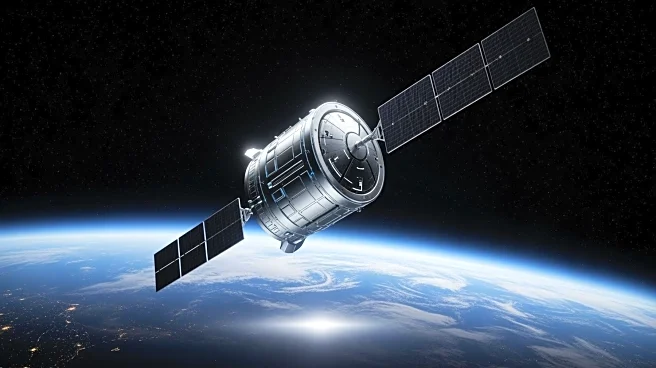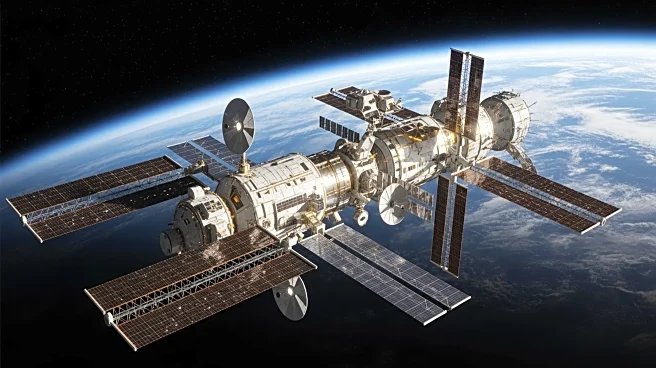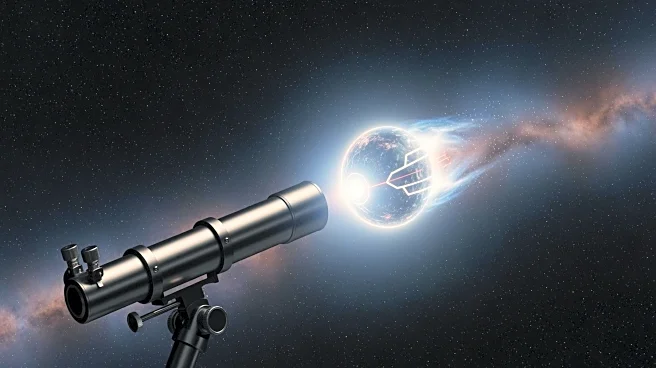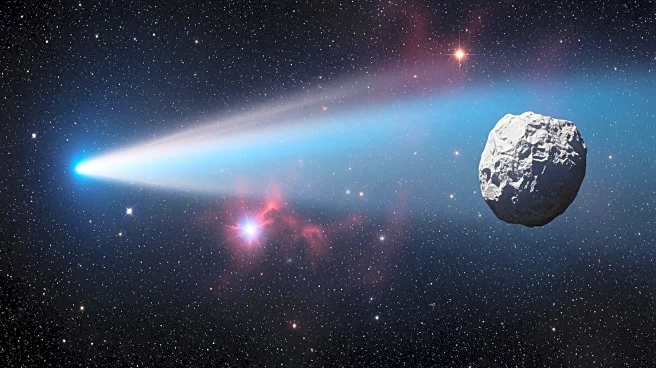What's Happening?
Michael Benson, an author and visual effects filmmaker, has released a new science coffee table book titled 'Nanocosmos: Journeys in Electron Space.' The book, published by Abrams Books, showcases a collection
of scanning electron microscope (SEM) images, including lunar samples from NASA's Apollo 16 mission. These images reveal intricate details of lunar impact glass, formed under high heat and pressure from meteoroid impacts on the moon's surface. Benson's work, which took six years to compile at the Canadian Museum of Nature in Quebec, combines art and science, offering readers a glimpse into the micro-miniature world of electron microscopy.
Why It's Important?
The release of 'Nanocosmos' is significant as it bridges the gap between art and science, providing a unique perspective on lunar samples and other microscopic entities. By using SEM technology, Benson's book allows readers to appreciate the complexity and beauty of objects invisible to the naked eye. This work not only contributes to scientific understanding but also enhances public interest in space exploration and microscopy. The book's focus on Apollo 16 samples highlights the ongoing relevance of historical space missions in contemporary scientific and artistic endeavors.
What's Next?
The publication of 'Nanocosmos' may inspire further collaborations between artists and scientists, encouraging the exploration of microscopic worlds through advanced imaging technologies. As public interest in space and science grows, similar projects could emerge, fostering a deeper appreciation for the intricacies of the universe. Additionally, Benson's work may lead to increased attention on the Apollo missions, potentially influencing future exhibitions and educational programs centered around lunar exploration.
Beyond the Headlines
Beyond its artistic and scientific contributions, 'Nanocosmos' raises questions about the ethical and cultural implications of visualizing microscopic worlds. The book challenges traditional perceptions of beauty and complexity, prompting discussions on how technology can transform our understanding of the natural world. It also underscores the importance of preserving and studying historical space mission artifacts, which continue to offer valuable insights decades after their initial discovery.



